Year of Memory: 1940’s-Present Day
I grew up in Ann Arbor. My father, Frank O. Copley, was a faculty member in the Department of Classical Studies from 1935 until his retirement about 1976. There were five of us kids, and we lived across the Huron River in a rural area where the VA hospital now stands. As the oldest, I am only ten years younger than the Museum!
My father was always curious about the natural world. My siblings and I inherited his interest. He would often take us for walks in the woods and fields and to the pond near the house. He would have appreciated having his curiosity satisfied easily by the internet. However, just across the river in Ann Arbor there was the Ruthven Museum of Natural History!
The Zoo
I have many memories of the Museum, probably starting when I was about 5. My father’s office was in Angell Hall, just a short walk from the Museum. My first memory is of the small zoo of Michigan small animals located, along with a separate little pond for turtles, behind the Museum building near Washtenaw and Huron.
Identifying a Pond Creature
My second memory is of walking down a long hallway in the Museum with a jar in my hand that contained a ferocious looking creature from our local pond. My father had no idea what it was, but suggested I might find someone at the Museum who could tell me. I was looking for an open door along the corridor, not knowing who to ask. I went to the first open door, and made contact with the wonderful staff of the Museum for the first time. That kind person showed me where to go and who to ask about my small “monster”, which turned out to be a hellgrammite. After a satisfying identification and history, my father and I returned the creature to the pond to change into it’s adult form of a dobsonfly. I made many more visits with jars filled with mysterious things, fossils, plants. insects, rocks, and animals, which were always patiently explained and broadened my knowledge.
The Bone Belongs to …?
Many years later, our son, Fred, probably about 7 years old, discovered a bone in our yard and wondered about it. Even though I thought I knew what it was, we took it to the Museum and found an open door in the Mammal Division. That person took Fred in hand, told him the bone was a leg bone, and led him to a huge cabinet of drawers, each containing the bones of a similar mammal. He pulled out the drawers one by one, and had Fred compare his bone with the identical leg bone in each drawer. Naturally, he left the correct one until last, and Fred was delighted with being able to identify the bone himself. (It was the femur of a deer.) This was another wonderful teaching moment, one one that I really appreciated. And there were many more!
How the Bird Flies
Our family always loved the dioramas. Those beautiful works of art that took you into other worlds. My most favorite story is the day we were looking at the dioramas of indigenous people (that were recently removed to another facility.) This was always another teaching moment for us, and introduced us to the fact that not all tribes were the same. However, this day one of my sons wondered how a small bird was suspended in the sky in one of the dioramas. There was no visible support, but that bird was in the air. So, I said, “let’s go ask.” We went back into the hallways of the Museum, to the open doors, and eventually found the person who did the diorama. I believe it was Dr. Busch? We were both surprised and intrigued that the little bird was suspended by spider web, which introduced us to the amazing strength of spider silk.
Dinosaurs and Michigan Natural History
Over the years there have been many more contacts with the Museum: Dinosaurs especially when the kids were young. The diorama of ancient seas where the creature moved its arms realistically and scared the boys. Visiting for information from the Michigan exhibits when I was a field trip guide for the Ann Arbor Outdoor Education program. Learning about Michigan’s geologic history and its fossils. Learning more and more and loving it.
The Maston Trackway
Then, when I was 50 years old, I followed up on an old interest in Archaeology by taking Intro to Prehistoric Archaeology and jumping into avocational archaeology in the Michigan Archaeological Society. The Museum then meant even more as I worked in the Great Lakes Range to document archaeological sites found in Washtenaw County by our group with the help of several patient archaeologists, and was part of a group that helped Dan Fisher discover the mastodon trackway. Eventually, I was helping by doing ID Day for the museum.
Hopes for New Museum
I will miss the old museum, but I hope for the best. It would be wonderful if the opportunity will still exist for a young child to walk down a long corridor to an open door where someone will be willing to take time to kindle interest in the wonders of the natural world.

 #UMMuseumMemories
#UMMuseumMemories
